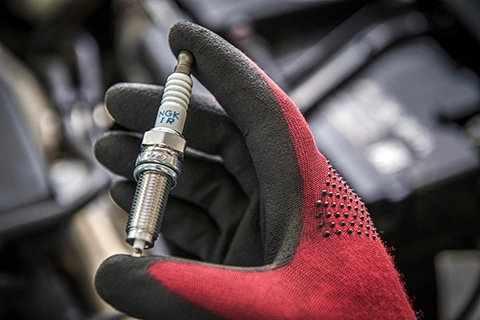 EMEA Country Selector
EMEA Country Selector
Afghanistan
Albania
Algeria
Andorra
Angola
Armenia
Austria
Azerbaijan
Bahrain
Bangladesh
Belarus
Belgium
Benin
Bolivia
Bosnia and Herzegovina
Bulgaria
Burkina Faso
Burundi
Cameroon
Cape Verde
Central African Republic
Chad
Comoros
Congo
Côte d’Ivoire
Croatia
Cyprus
Czech Republic
Denmark
Djibouti
Egypt
Equatorial Guinea
Eritrea
Estonia
Ethiopia
Finland
France
French Guiana
French Polynesia
Gabon
Gambia
Georgia
Germany
Ghana
Greece
Greenland
Guinea
Guinea-Bissau
Hungary
Iceland
Iran
Iraq
Ireland
Israel
Italy
Jordan
Kazakhstan
Kenya
Kuwait
Kyrgyzstan
Latvia
Lebanon
Liberia
Libya
Liechtenstein
Lithuania
Luxembourg
Macedonia
Madagascar
Malawi
Maldives
Mali
Malta
Mauritania
Mauritius
Moldova
Monaco
Montenegro
Morocco
Mozambique
Netherlands
New Caledonia
Niger
Nigeria
North Korea
Norway
Oman
Pakistan
Poland
Portugal
Qatar
Romania
Russia
Rwanda
San Marino
São Tomé e Príncipe
Saudi Arabia
Senegal
Serbia
Seychelles
Sierra Leone
Slovakia
Slovenia
Somalia
South Africa
Spain
Sri Lanka
Sudan
Swaziland
Sweden
Switzerland
Syria
Tajikistan
Tanzania
Togo
Tunisia
Turkey
Turkmenistan
Uganda
Ukraine
United Arab Emirates
United Kingdom
Uzbekistan
Yemen
Zambia
Zimbabwe









